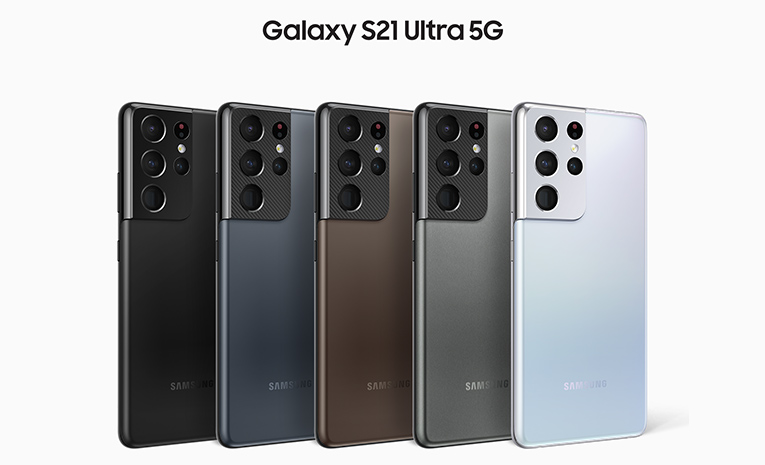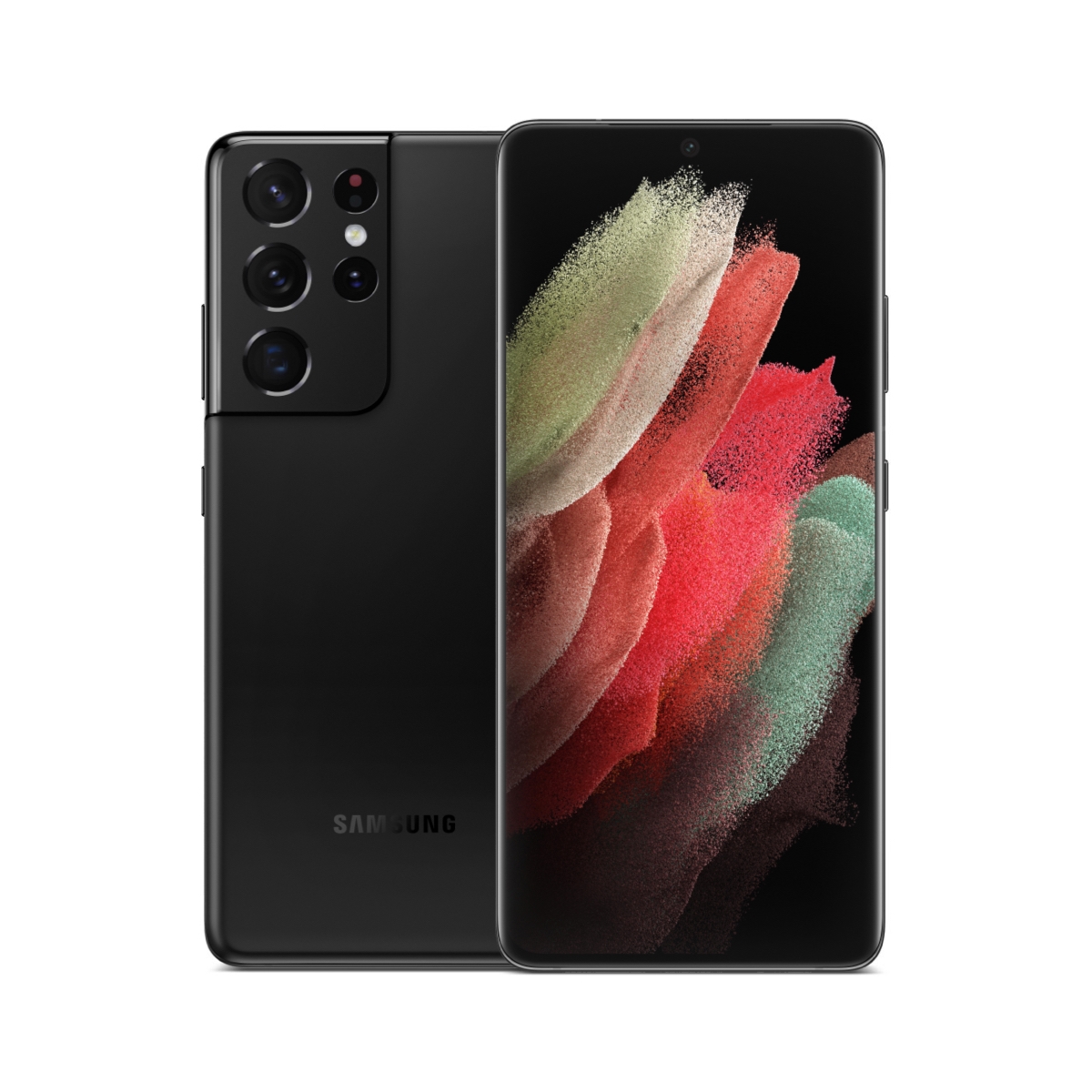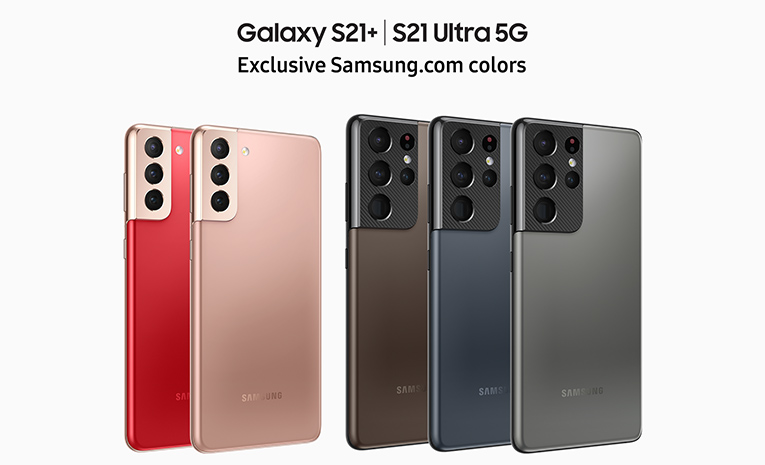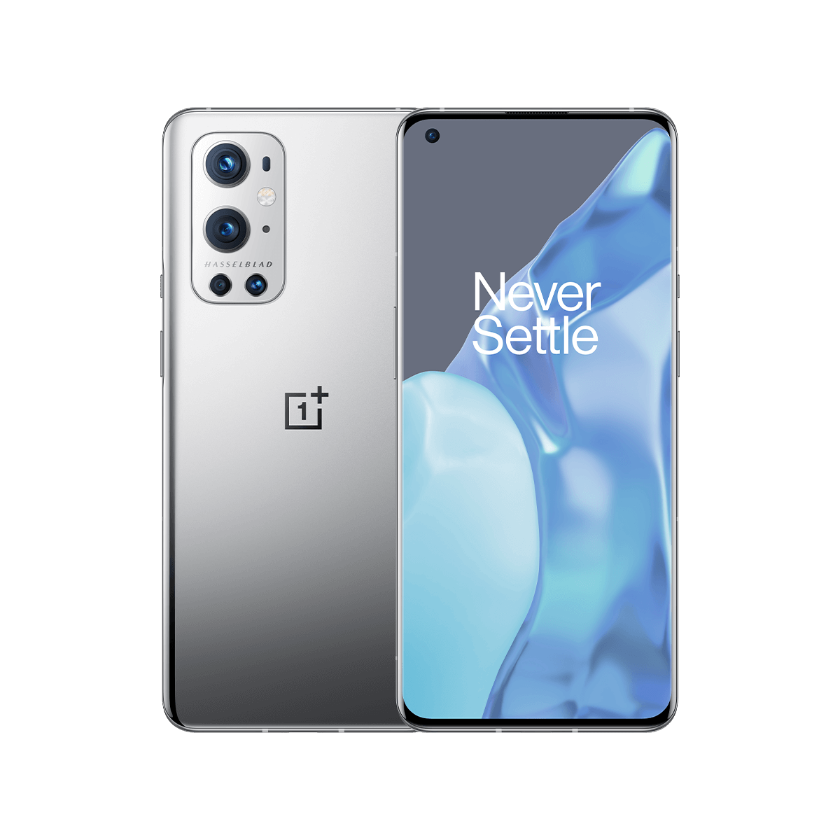Samsung Galaxy S21 Ultra 5G 512GB in Phantom Black (Unlocked)(SM-G998UZKFXAA)
The real metal finish on the main camera adds unity to the design and accentuates the luxury of the haze texture. It’s a bold new camera design in a category of its own.
Contour Cut Camera Design
The real metal finish on the main camera adds unity to the design and accentuates the luxury of the haze texture. It’s a bold new camera design in a category of its own.
High Resolution
The 108MP sensor gives you the highest resolution possible on a smartphone.2 Featuring all new 12-bit processing that offers a wider range of colors for crystal clear shots. And with nona-binning technology, it even helps take in more light for great exposures in dark scenes. 108MP for so much detail, you can crop, crop and crop again.3
Space Zoom
The New Dual Zoom lens system is faster and sharper than any zoom before, featuring a 10MP Dual telephoto lens4 and enhanced Super Resolution. It even has a Zoom Lock feature so you can stabilize shots while zooming. Now zoom up to 100X with clarity and precision.5
8K Video
Shoot like a pro, with incredible details at 8K resolution and smooth action at 24 frames per second. It’s the highest resolution video available on a smartphone.
The fastest chip ever in Galaxy
Witness the fastest chip ever in a Galaxy. With a 5nm processor on board, you get seamless multitasking and a hyper-fast content streaming.
Intelligent Battery
The new battery in the Galaxy S21 Ultra 5G isn’t just big. It’s got the brains to match, intelligently learning your app usage to optimize power consumption. Get the power that outlasts the day even in 5G.6
Super Smooth 120Hz
A 120Hz refresh rate allows for the smoothest scrolling screen to keep up with all your feeds. It constantly adjusts for the best viewing experience, and even helps your battery last longer.
Dynamic AMOLED 2X
Meet the most vivid and brightest display in a smartphone. Even the direct light of the sun can’t stop your viewing pleasure. Thanks to our Eye Comfort Shield, it even intelligently adjusts blue light so your eyes won’t feel so tired.
Additional information
| What's in the box | 1. Galaxy S21 5G, S21+ 5G, S21 Ultra 5G |
|---|






Reviews
There are no reviews yet.